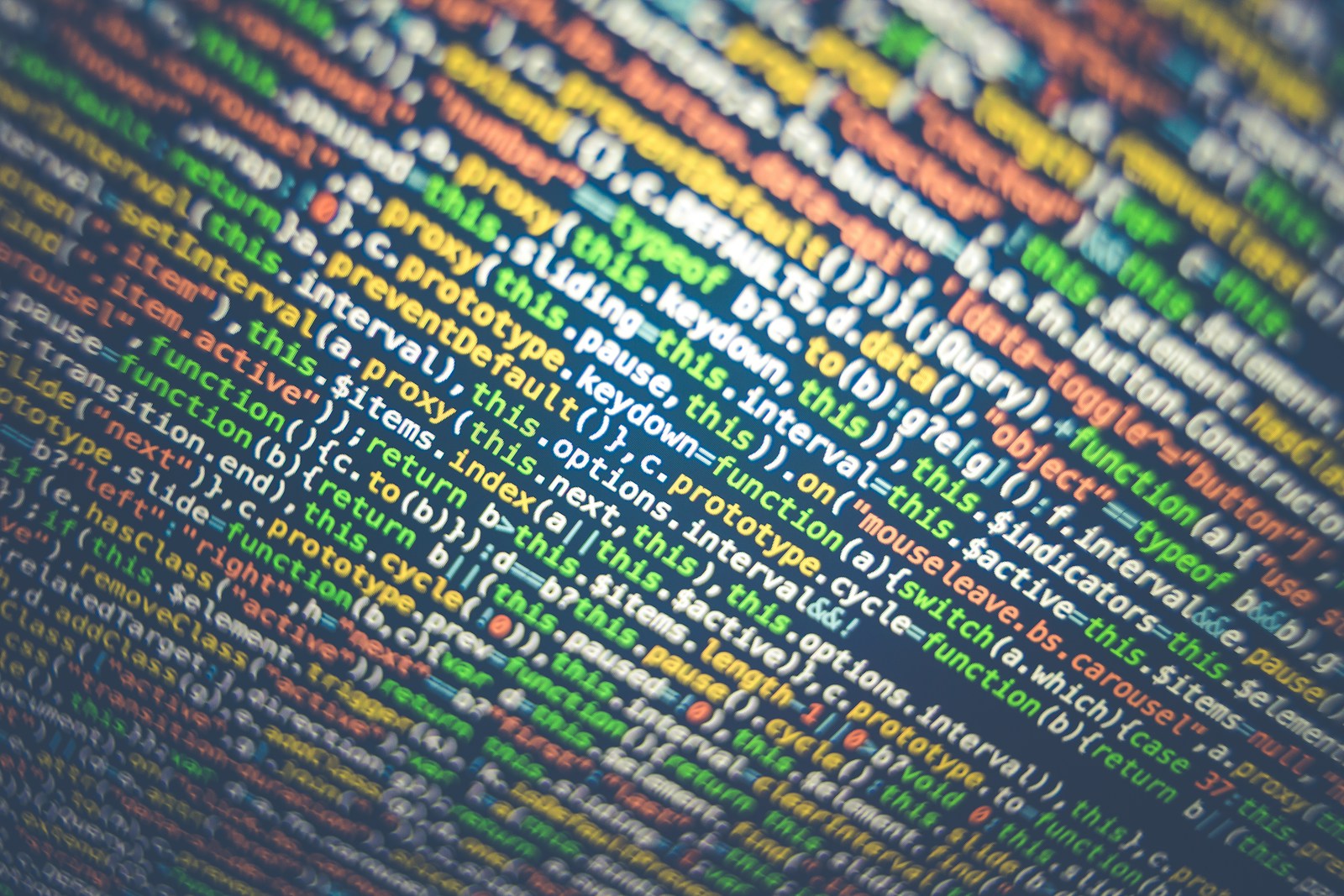Introduction
Econometric methods using Panel Data Analysis involve techniques to analyze datasets that combine both cross-sectional and time-series data. This approach is incredibly useful in economics, social sciences, and finance, where we often want to understand how certain variables behave over time across multiple entities like individuals, firms, or countries.
What is Panel Data?
Panel Data is a dataset that tracks multiple subjects (like people, firms, or countries) over time. This means you have observations on each subject across different time periods, combining both:
- Cross-sectional data (observations across multiple subjects at a single point in time).
- Time-series data (observations on a single subject over multiple time periods).
For example, if we have the income of 100 households for 5 years, the data set will include 500 observations. Each household (subject) is observed multiple times (each year), giving us a panel structure.
Why Use Panel Data Analysis?
Panel data allows us to study:
- Dynamic behaviors over time by tracking how variables change for the same subject.
- Control for unobservable variables (like personal characteristics) that don’t change over time, leading to more accurate results.
- Handle more complex models and study causal relationships.
Key Advantages of Panel Data Analysis
- Controls for Individual Differences: We can account for characteristics that don’t change over time, like age or education level.
- Improves Estimation Efficiency: With more observations, panel data often allows for more precise and reliable results.
- Enables Analysis of Time Dynamics: Panel data can capture the impact of changes over time and how certain factors may influence future outcomes.
Types of Panel Data Models
There are three main types of panel data models commonly used in econometric analysis:
- Pooled OLS Model:
- Treats the data as if it were purely cross-sectional.
- Ignores differences between subjects (like individuals or firms).
- Assumes all observations are similar, so there’s no distinction between time periods or individual characteristics.
- Use Case: It’s simple but often too limited, as it doesn’t account for individual characteristics or time effects.
- Fixed Effects Model (FE):
- Controls for characteristics that don’t change over time within each subject.
- Assumes individual-specific effects (like a firm’s culture) could affect the dependent variable but don’t vary with time.
- Removes the influence of these fixed characteristics, isolating the effect of other variables.
- Example: When examining wage growth over time, fixed effects would control for an individual’s inherent productivity level.
- Random Effects Model (RE):
- Assumes that the differences between subjects are random and uncorrelated with other variables.
- Works well when individual characteristics vary randomly and are not correlated with explanatory variables.
- Can be more efficient than FE models if the assumptions hold, as it uses variation across subjects and time.
Choosing Between Fixed and Random Effects
The choice between Fixed Effects and Random Effects often depends on the data structure and underlying assumptions. The Hausman Test is commonly used to decide:
- If there’s correlation between individual characteristics and explanatory variables, we use Fixed Effects.
- If there’s no correlation, Random Effects can be more efficient.
Applications of Panel Data Analysis
Panel data analysis is widely applied in fields where it’s important to understand dynamic relationships, for example:
- Economics: Studying the impact of policy changes on GDP across countries over time.
- Finance: Analyzing stock returns for firms across different sectors and time periods.
- Social Sciences: Understanding the effects of educational interventions across different schools and years.
Conclusion
Panel Data Analysis provides powerful insights by capturing both cross-sectional and time-series elements, allowing for more accurate and dynamic models. By choosing the right model type, analysts can effectively control for unobserved factors and better understand how changes in certain variables impact outcomes over time.


Leave a Reply